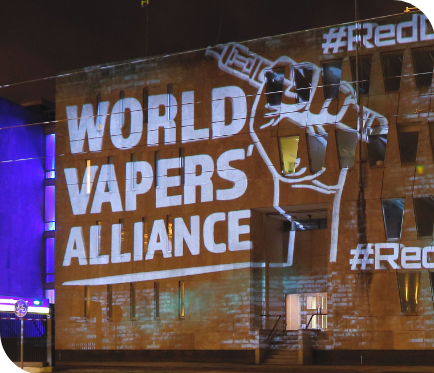We often encounter alarming headlines about the surge in adolescent vaping. However, the knee-jerk reaction from policymakers tends to gravitate towards more regulations or outright prohibitions for products that are already illegal for minors. This approach is illogical and entirely overlooks its primary subject: teenagers.
A comparative look at two culturally similar countries, Australia and the UK, offers a revealing insight. While Australia is one of the staunchest anti-vaping nations, the UK embraces a more open stance.
Recent data underscores a surprising discrepancy: Australia has a higher adolescent vaping rate than the UK despite its stringent regulations. Why does Australia face this anomaly?
Firstly, the psychology of prohibition plays a crucial role. When a product or action is banned, it naturally piques curiosity, especially among teenagers in a phase of life characterised by rebellion against authority and societal norms. Making vaping a “forbidden fruit” inadvertently amplifies its allure.
Furthermore, stringent policies push the vaping market underground. Illicit markets inherently lack regulations. There’s no age verification or quality checks in place. The result? Teenagers can easily access vaping products, and what they get might be of questionable quality, posing even greater health risks.
A consumer-friendly regulatory landscape ensures safer nicotine alternatives are available for adults without emerging illicit markets. In countries like Australia, the lack of such alternatives may inadvertently divert teens towards riskier or unregulated products.
Yet, the crux of the issue does not solely lie in vaping itself but rather in the reasons driving teenagers towards it. A recurring theme in numerous surveys is the dual motivations of curiosity and personal challenges in life.
For policymakers, it’s unrealistic to think curiosity can be legislated away. And while scare tactics might seem like an effective deterrent, exaggerating risks can lead to further intrigue, not deterrence.
The more profound, perhaps more challenging, issue to address is the underlying challenges faced by today’s youth. A study by the University of Illinois highlighted a pivotal point: teenagers less satisfied with their lives tend to gravitate towards risky behaviours, including substance use. The issue isn’t that vaping is a gateway to smoking; it’s that unfavourable conditions in a teen’s life lead them towards various risk-associated habits.
In this context, a genuine solution would involve holistic approaches to improve the lives of young people. Better health care, robust welfare systems, enhanced educational opportunities, and improved economic conditions can act as protective barriers against risky behaviours.
But here lies the uncomfortable truth: Acknowledging this necessitates policymakers to admit their shortcomings in creating nurturing environments for youth. Addressing systemic issues is complex and demands genuine commitment. It’s much easier, though ineffective, to place blame on flavours and vaping.
It’s high time the discourse shifts from just regulating products to understanding and addressing the root causes driving teenagers to vape. Only by doing so can we hope to see a genuine decline in adolescent vaping and ensure a healthier future for our youth.





3 svar